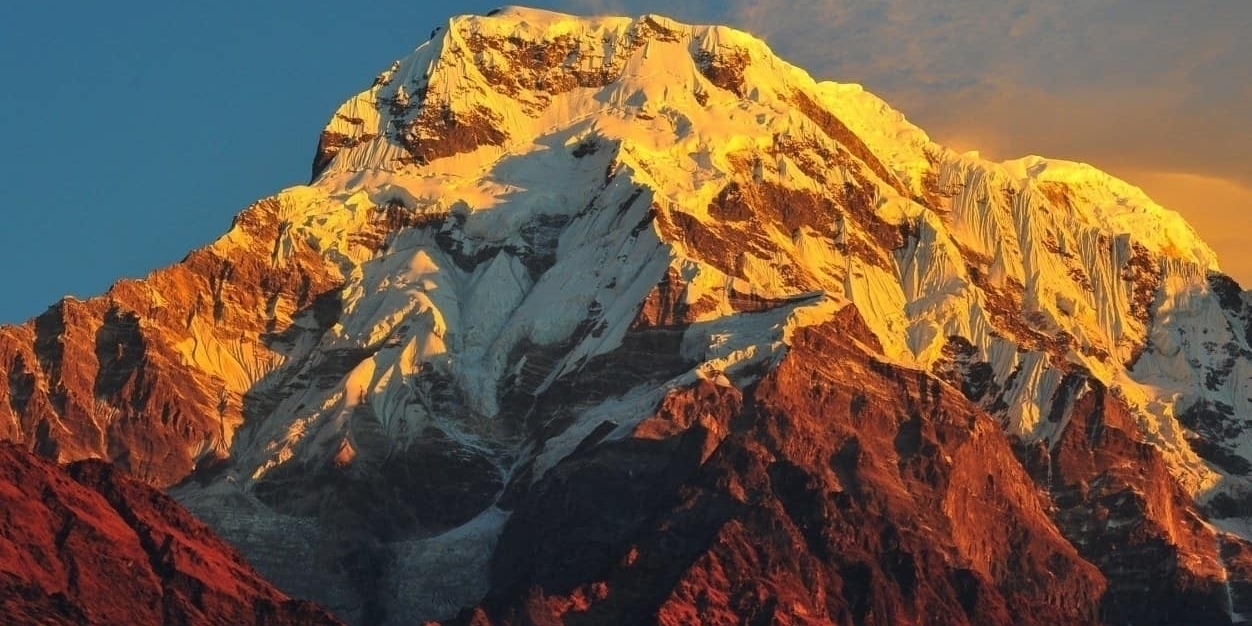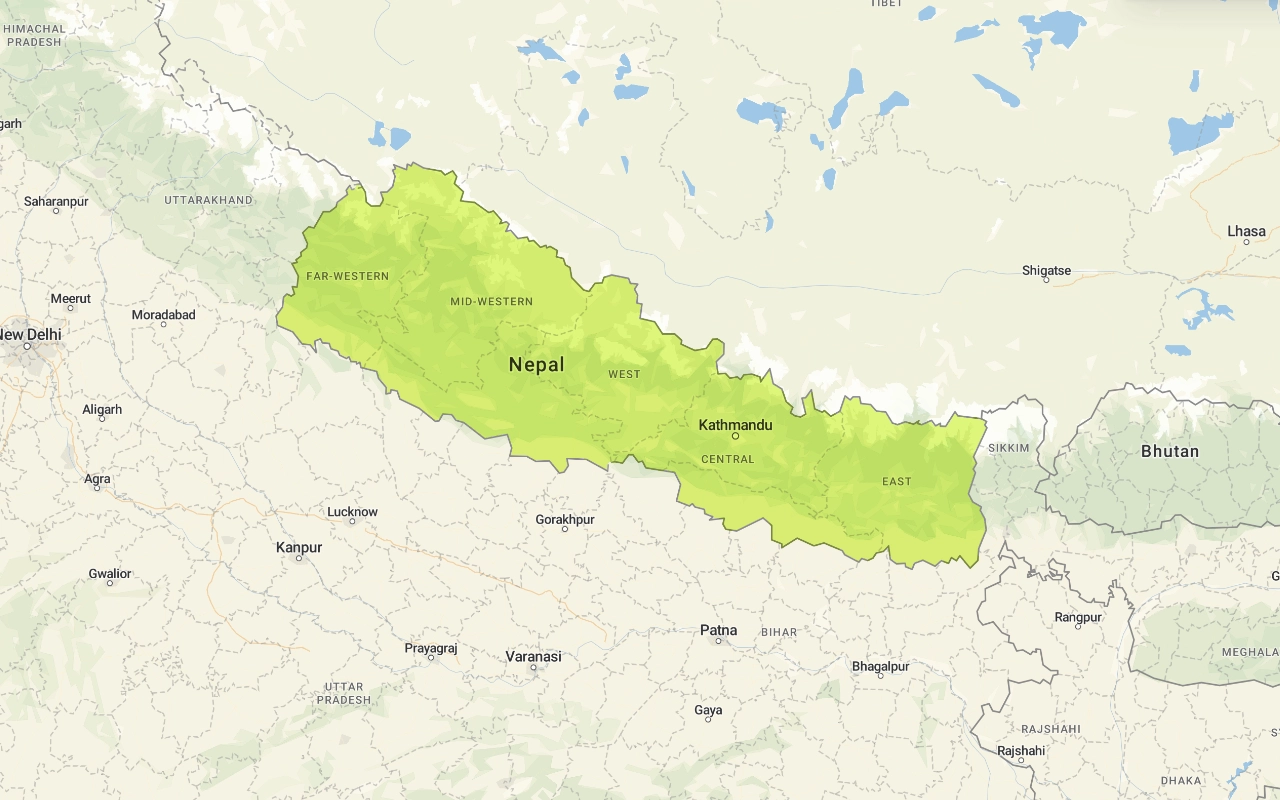


Nepal is an Asian country that lies between China and India best destination for Nepal trekking. We are the best trekking company in Nepal that provides adventure activities like Trekking in Nepal, Tour in Nepal, Peak climbing and expeditions, pilgrimage tours, Nepal tours, package tours in Nepal, etc.
Nepal is a landlocked country, and the territory extends roughly 500 miles from east to west and 90 to 150 miles from north to south. The capital of Nepal is Kathmandu. Nepal has long been under the rule of prime ministers favoring a policy of separation. In 1991 the kingdom established a multiparty parliamentary system, in 2008, after a decade long of violence and turbulent negotiations with a strong Maoist insurgency, the monarchy was dissolved and Nepal was declared a Democratic republic.
Nepal surrounds some of the most craggy and difficult mountain topography in the world. Roughly 73 percent of the country is covered by mountains from the south to the north, Nepal is divided into three main physical belts each of which extends east to west across the country. These are firstly Terai, the second is a mid-mountain region and the third one is the Great Himalayan range Rising to 29 thousand feet. Terai form varies in width from less than 16 to (more than 20 miles), narrowing considerably in several places, Midhill range is above 2 thousand feet to 14 thousand feet.
Similarly, the mid-hill range is called the Churia range. Above 14 thousand feet to 29 thousand feet is called the Mahabharata Range or the Great Himalayan Range. In this great Himalaya range, there is Mount Everest 8,848 m, Mount Kanchanjunga 8,586 m Mount Lhotse 8,516 m, Mount Makalu 8,485 m, Mount Cho-You 8,188 m, Mount Dhaulagiri 8,167 m, Mount Manaslu 8,163 m and Mount Annapurna 8.091 m. Similarly, from these mountains, we do have natural spring water which we use for all purposes. We have many big rivers like the Kosi River, Gandaki River, and Karnali River running southwards across the strike of the Himalayan ranges.
Kathmandu Valley is the political and cultural hub of the nation and is drained by the Bagmati River flowing southward. Bagmati River washes the steps of the sacred temple of Pashupatinath and rushes out of the valley through the deeply cut Chovar gorge. The spring water often gushes out of dragon-shaped mouths of stone made by the Nepalese. It is collected in tanks for drinking and washing and also for raising paddy nurseries in May, before the monsoon. Drained by the Seti River, the Pokhara Valley is 96 miles west of Kathmandu, a flat clarinetist basin. Pokhara is known as a lake city because there are many lakes around. Pokhara is a natural beauty with a beautiful lake and is surrounded by snow-capped mountains.
Nepal Adventure activity provides many services like Nepal Trekking, Nepal Tour, peak climbing and expeditions, and many more. In addition to these, the climate in Nepal is also different in altitude. Nepal’s climate, influenced by elevation as well as by its location in a subtropical latitude, ranges from subtropical monsoon conditions in Terai. Mostly warm temperature conditions in the lower parts of Nepal and mid-hill are just perfect in a warm season and the cold season is also not bad. Higher than 12 thousand feet will always be cold and above 16 thousand feet the temperature is always below freezing and the surface is covered by snow and ice.
Nepal has a vast majority of the population who follow Hinduism but a small percentage follow Buddhism or other religious faiths. Hindus and Buddhists tend to be concentrated in areas where Indian and Tibetan cultural Influences, respectively have been dominant.



Please feel free to ask any questions, and together we'll create the ideal journey based on your interests and aspirations.
Contact Us